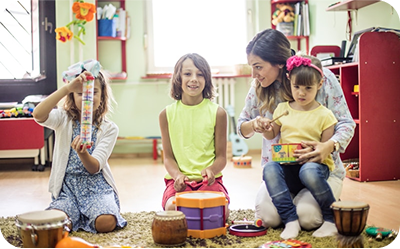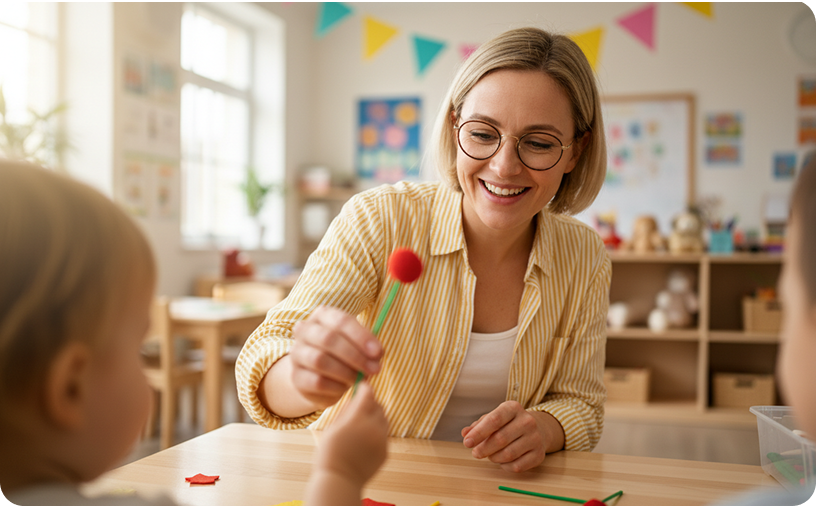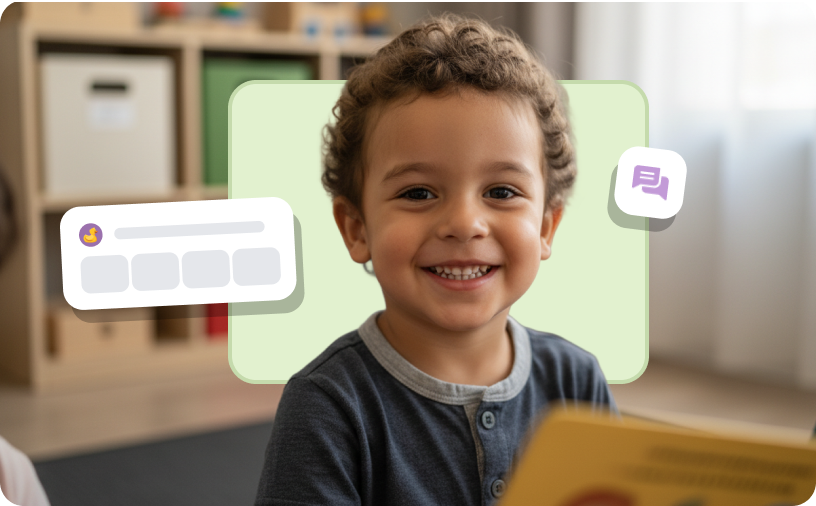When you think of assessment, you might picture checklists, test scores, or skill benchmarks. But children are more than the sum of their academic skills—they’re curious explorers, problem solvers, friends, and creators.
That’s why whole-child assessment has become such a powerful approach in early education. Instead of focusing on a single dimension, it paints a complete picture of a child’s development across all areas—academic, social, emotional, and physical.
📝 What Is Whole-Child Assessment?
Whole-child assessment is a way of gathering and interpreting information that considers all areas of a child’s growth, including:
– Cognitive & Academic Skills – Literacy, math, science, problem-solving
– Social & Emotional Development – Relationships, self-regulation, empathy
– Physical Development – Gross and fine motor skills, health, coordination
– Approaches to Learning – Persistence, curiosity, flexibility, creativity
It’s about looking at how a child learns and grows, not just what they know.
📚 Why It Works
- It Gives Context to Skills
A child who’s hesitant to speak in a group might know the answer but need social–emotional support before they can share it confidently. - It Helps Identify Root Causes
Struggling with fine motor tasks? The challenge might not be with “writing” but with hand strength or coordination—physical development areas that need attention. - It Supports More Personalized Instruction
When you see the full picture, you can adapt activities that meet each child’s unique blend of strengths and needs. - It Strengthens Home–School Partnerships
Families connect more deeply when they see how social, emotional, and physical growth are celebrated alongside academic progress.
👀 How to Implement Whole-Child Assessment
- Use Multiple Observation Methods
Combine direct observation, work samples, photos/videos, and child self-reflections for a well-rounded view. - Assess in Natural Contexts
Look at skills during play, routines, and real-world problem-solving—not just in “assessment moments.” - Look for Interconnected Growth
Recognize how one area affects another—such as how improved self-regulation can open the door to better peer collaboration. - Revisit Over Time
Development is dynamic; tracking across months and years reveals meaningful patterns.
📲 Whole-Child Assessment in Action with Kaymbu and COR Advantage
While you can use any number of tools to take a whole-child approach, Kaymbu and COR Advantage are built to make it simple:
- COR Advantage’s 36 research-backed items cover all key developmental domains—not just academics
- Observations can be captured in real time and tied directly to multiple areas of development
- Portfolios combine visual documentation with developmental notes, making it easy to share the complete story with families
- Reports connect data from every domain, so planning is informed by the whole child, not just one metric
Children don’t develop in silos—and our assessments shouldn’t either. Whole-child assessment works because it sees children as they truly are: complex, connected, and full of potential.
When you assess the whole child, you gain insights that drive richer instruction, stronger relationships, and deeper learning.








